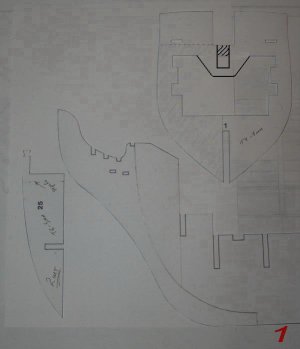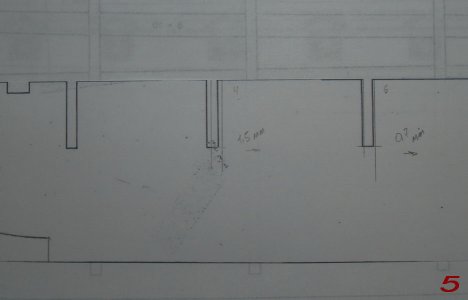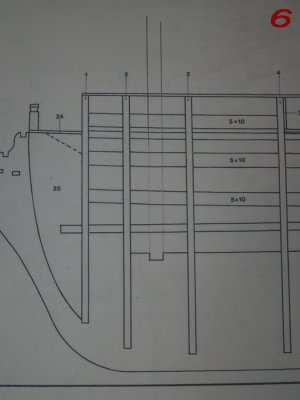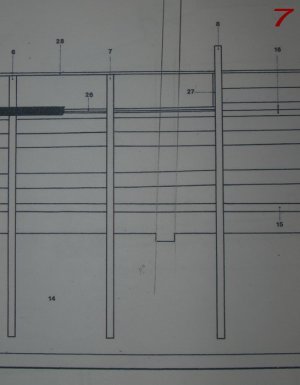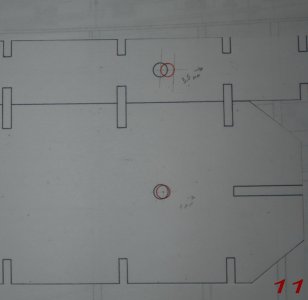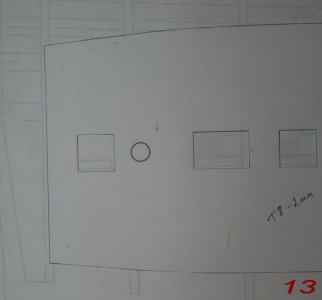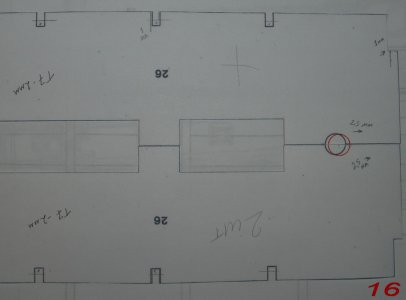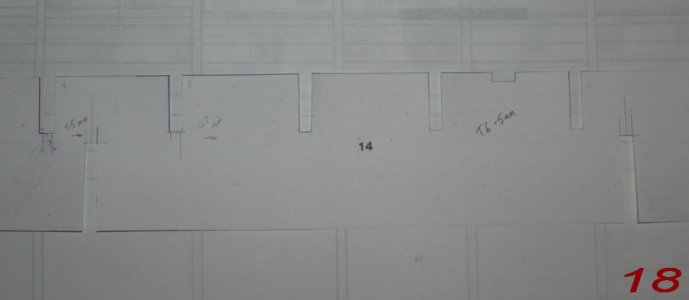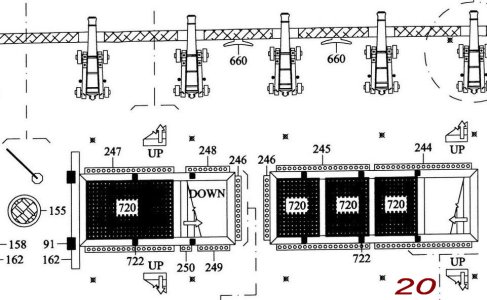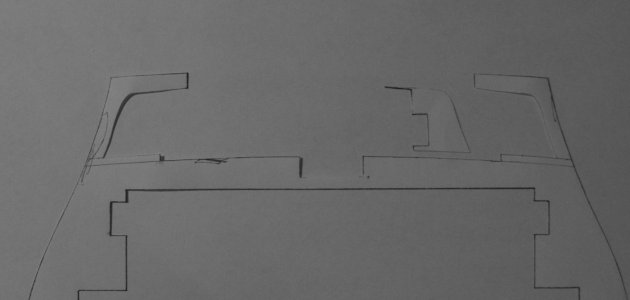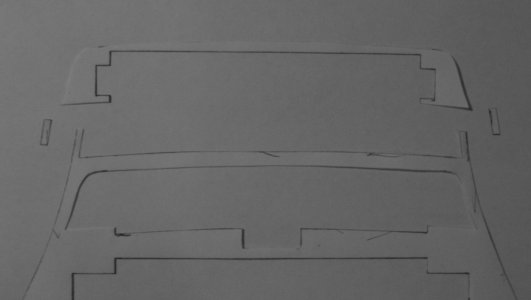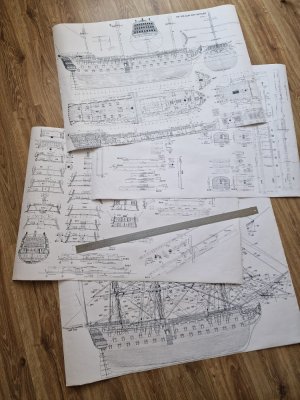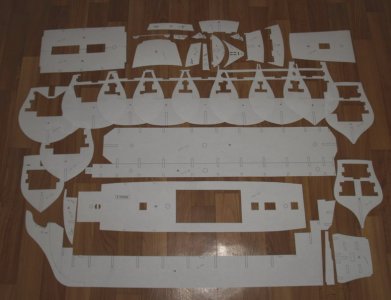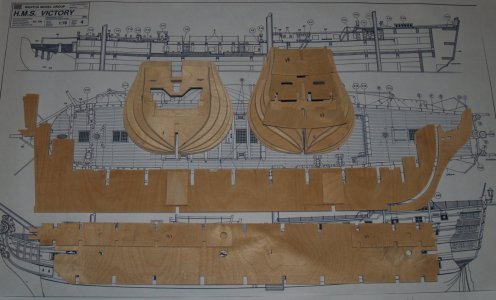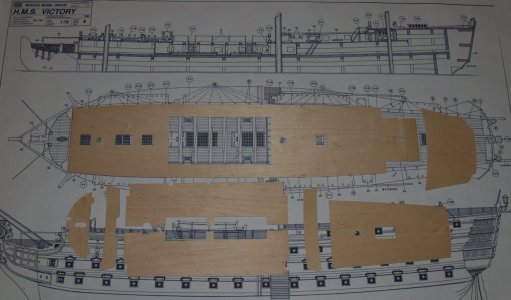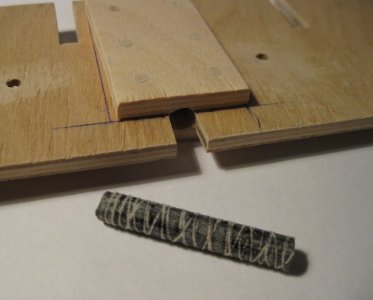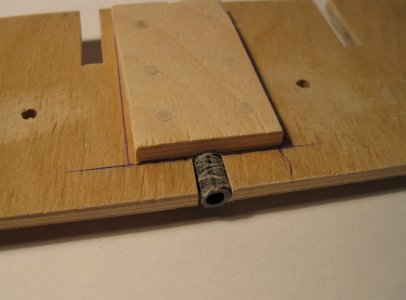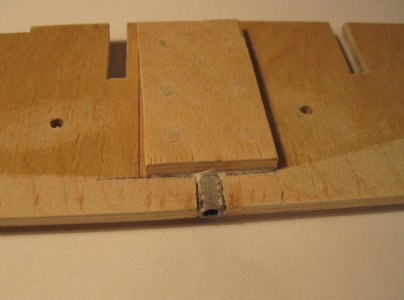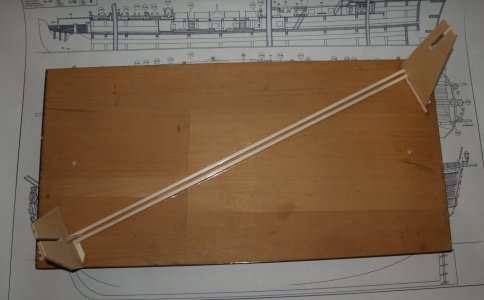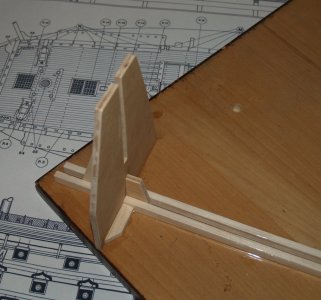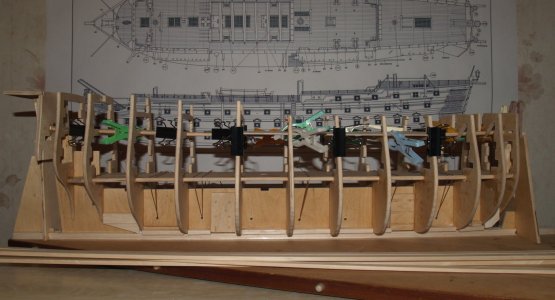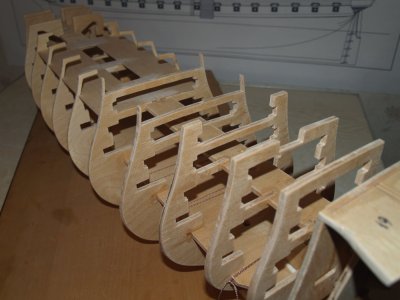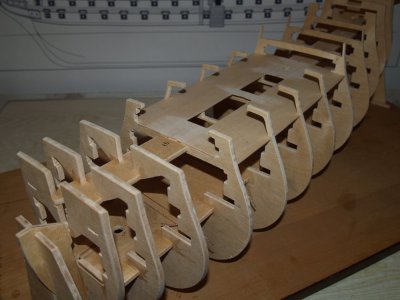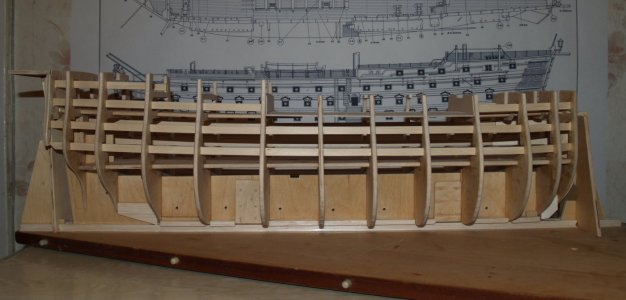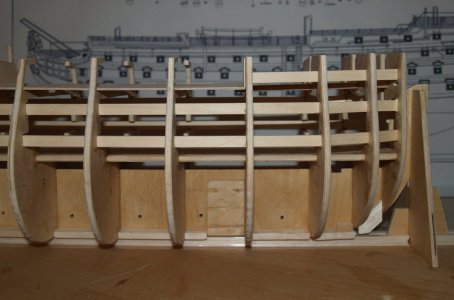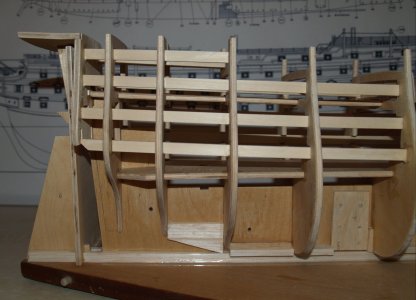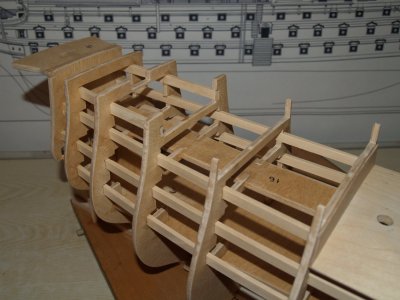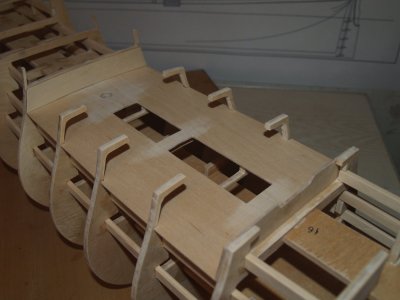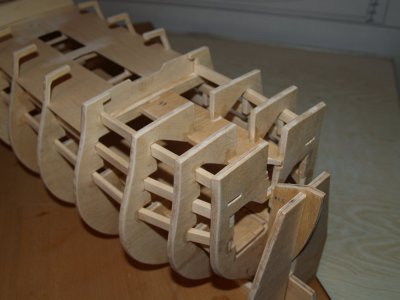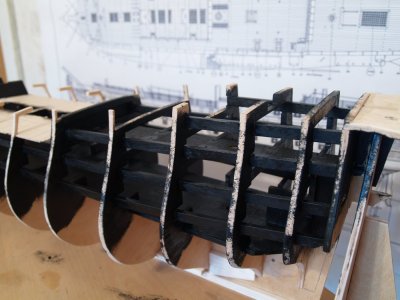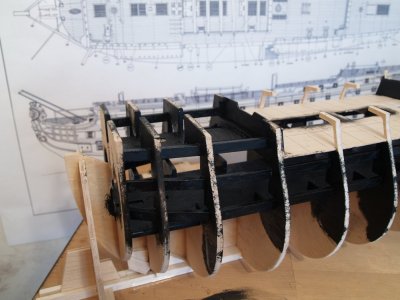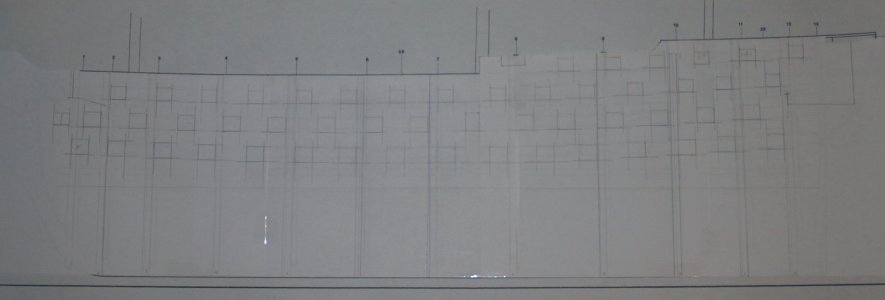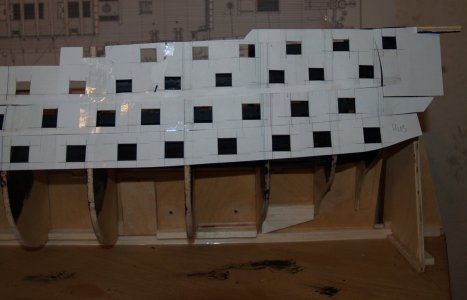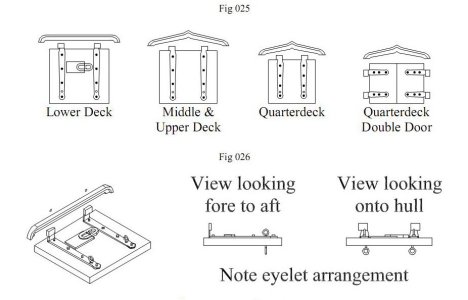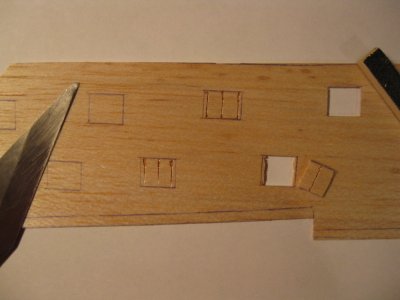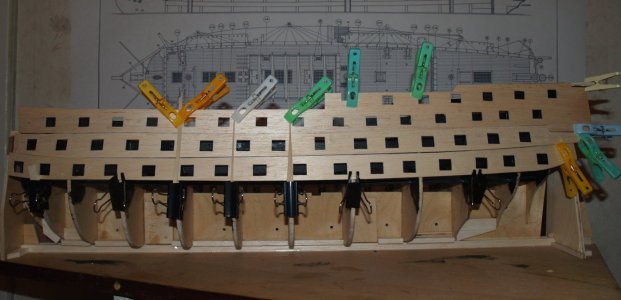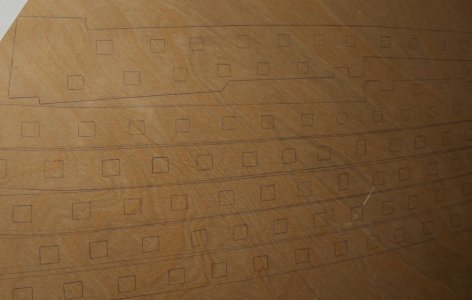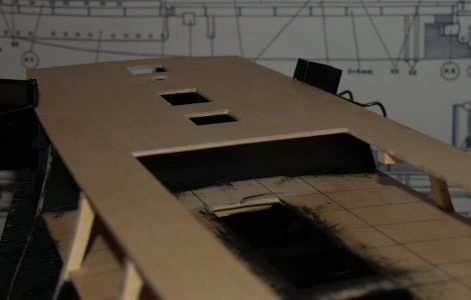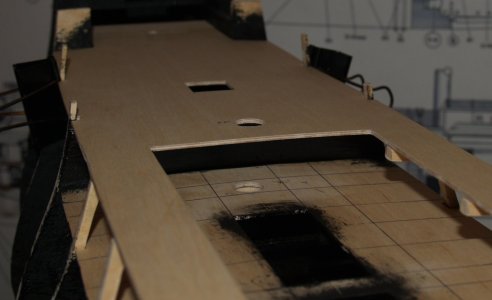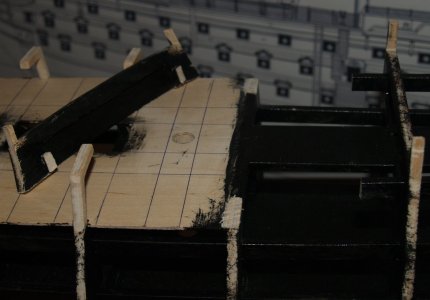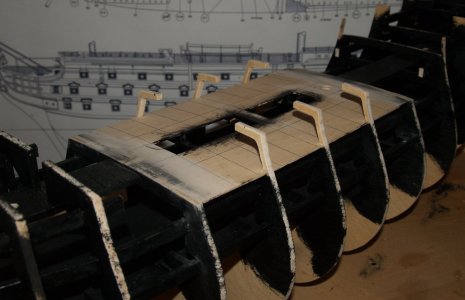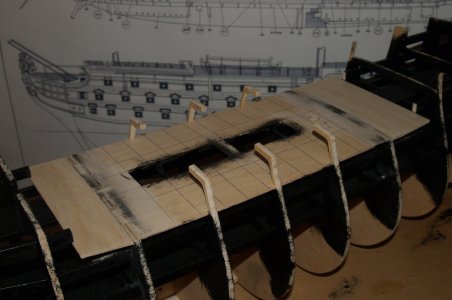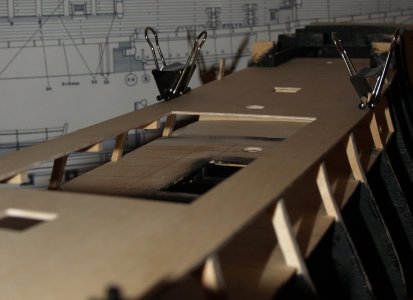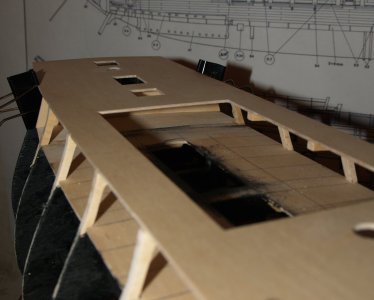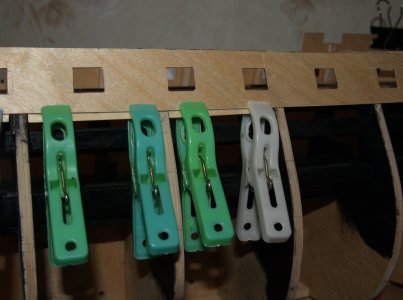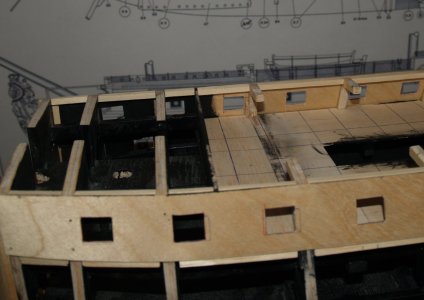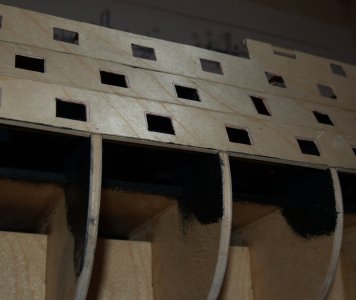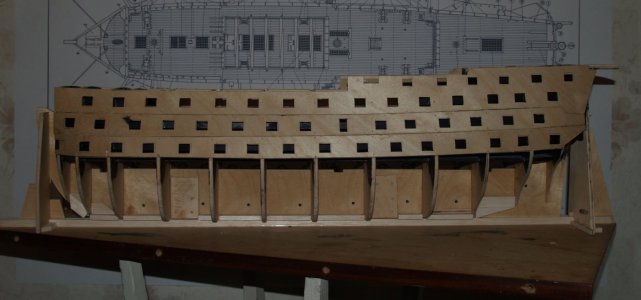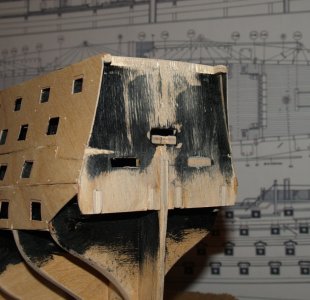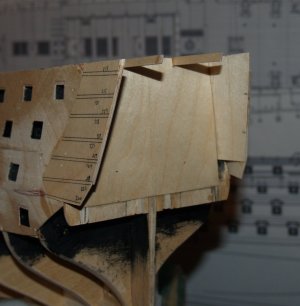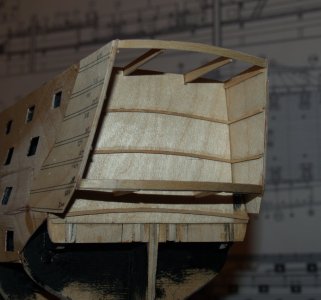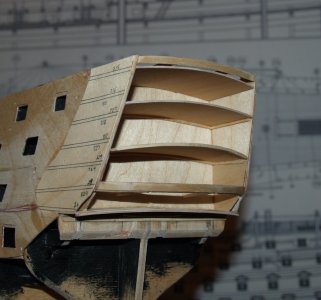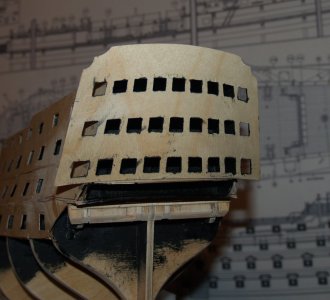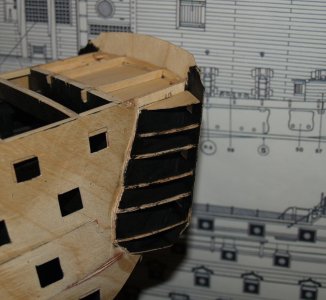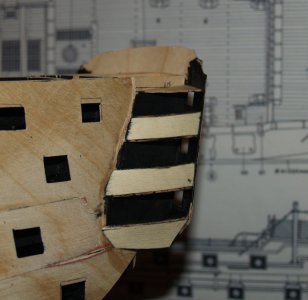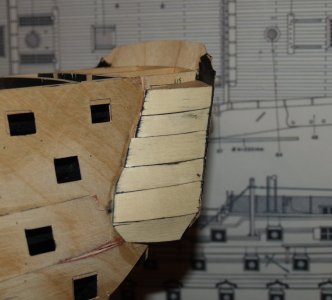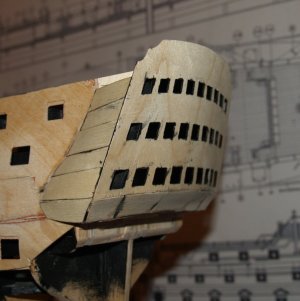Hello to all my colleagues in the best hobby in the world!
My name is Sergey, but in the world of ships, I go by the name serikoff.
And here’s my story. (Without this introduction, it might be hard to understand me).
I’m from Ukraine and I am the creator of a website and forum dedicated to wooden shipbuilding. My forum is one of the largest in Ukraine. It began functioning fully in 2012. There are more than 150 build logs, just as many threads featuring completed models, and 250 threads discussing techniques and other topics. Some of the modelers who have published their work include prominent names such as: Evgeny Epur, Dmitry Shevelev, and Vladislav Zhdan. These names are well-known in our region. (By the way, Olga, who is known here under the nickname shipphotographer.com, also regularly published her work. It’s not surprising, since we’re from the same area). But! The situation started to deteriorate after 2014, when we began having issues with the website’s domain and hosting. That was the first phase of the war, as our countries were closely intertwined, and cross-sanctions began to destroy joint services. And after the full-scale Russian invasion of Ukraine, the website essentially died. To be more precise, it still exists, but all the images uploaded by modelers have disappeared. The reason for this is a conflict between the image storage resources and the website’s platform. Right now, I don’t have the resources or time to restore it. But I’m sure that after our victory, someone will be able to create a forum as large and wonderful as yours.
Now, about me...
I started building my second model in 2009 (the first one was experimental, and I didn’t see the point in finishing it). At that time, there weren’t as many resources available as there are today. I made many mistakes and learned how to correct them. I shared this knowledge on my website and forum. However, due to being busy in 2013, I had to put my project on hold. But as the saying goes, "Every cloud has a silver lining." The war started, borders were closed, and I could no longer travel—something that took up all my free time. I’m a dentist, in case anyone’s curious. And under constant shelling, explosions, and air raid sirens, to keep from losing my mind, I decided to return to my hobby. Exactly 10 years later.
What am I doing here...
First of all, I’d like to say that I found your forum by accident. But! I fell in love with it right away! There’s a warm atmosphere, lots of information, and I’ve really been missing all of this. In my journal, I want to share my build, all the knowledge I have, and, of course, ask the questions that interest me. I will be happy to help anyone if you have questions, feel free to reach out. I’m deliberately not posting a link to my website so as not to spoil the build. I want my journal to progress in real time, reaching the current state of the build. Please excuse my English—I will be using Chat GPT for translations to avoid any difficulties.
What I’m building...
As you can see from the title, it’s HMS Victory. I created the framework of the model using plans from a Mantua kit. I didn’t buy the kit itself. I printed the plans in A0 format and built the frame (the skeleton) based on them. That was the end of my work with the Mantua kit. All further work was based on John McKay’s anatomy of the ship. In this journal, I want to take you through the whole process, from the kit plans to the anatomical upgrade.
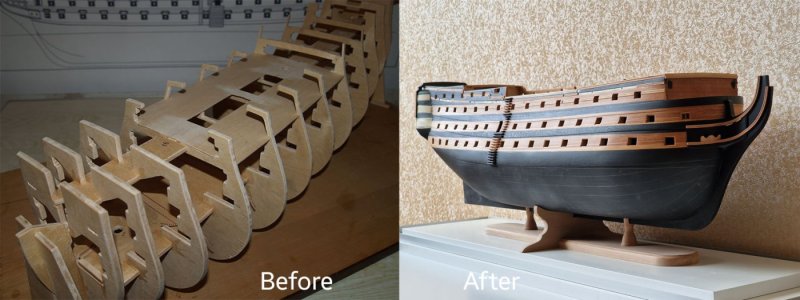
I would also like to share my experiments: Working with blueprints. Aging and painting wood. Aging copper. Making and painting ropes and rigging. 3D modeling and integrating 3D printing into wooden shipbuilding. And much more. It will be fun, and I hope it will be informative for you. I’m sure I will learn a lot from you as well. Thanks in advance for that!
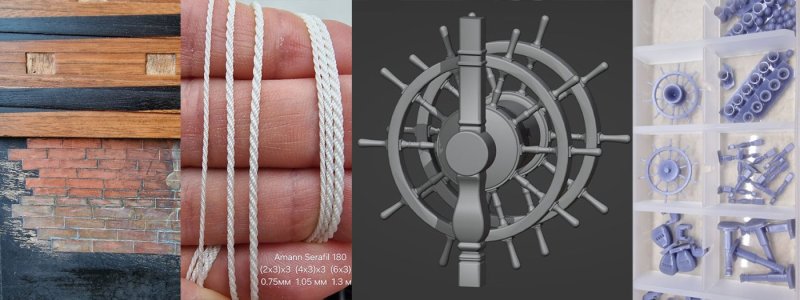
Let’s get started!
P.S. Рідною.
Хочу звернутися до всіх українців, що виїхали до, чи під час війни. Не слухайте нікого. Кожна людина прагне щастя та безпеки собі та своїм близким. І я щиро сподіваюся, що у вас все добре і ви у безпеці. А всім, хто залишилися, хочу побажати перемоги, мирного неба, сил та здоров'я все це пережити. Бережіть себе, все буде Україна! Слава ЗСУ!
My name is Sergey, but in the world of ships, I go by the name serikoff.
And here’s my story. (Without this introduction, it might be hard to understand me).
I’m from Ukraine and I am the creator of a website and forum dedicated to wooden shipbuilding. My forum is one of the largest in Ukraine. It began functioning fully in 2012. There are more than 150 build logs, just as many threads featuring completed models, and 250 threads discussing techniques and other topics. Some of the modelers who have published their work include prominent names such as: Evgeny Epur, Dmitry Shevelev, and Vladislav Zhdan. These names are well-known in our region. (By the way, Olga, who is known here under the nickname shipphotographer.com, also regularly published her work. It’s not surprising, since we’re from the same area). But! The situation started to deteriorate after 2014, when we began having issues with the website’s domain and hosting. That was the first phase of the war, as our countries were closely intertwined, and cross-sanctions began to destroy joint services. And after the full-scale Russian invasion of Ukraine, the website essentially died. To be more precise, it still exists, but all the images uploaded by modelers have disappeared. The reason for this is a conflict between the image storage resources and the website’s platform. Right now, I don’t have the resources or time to restore it. But I’m sure that after our victory, someone will be able to create a forum as large and wonderful as yours.
Now, about me...
I started building my second model in 2009 (the first one was experimental, and I didn’t see the point in finishing it). At that time, there weren’t as many resources available as there are today. I made many mistakes and learned how to correct them. I shared this knowledge on my website and forum. However, due to being busy in 2013, I had to put my project on hold. But as the saying goes, "Every cloud has a silver lining." The war started, borders were closed, and I could no longer travel—something that took up all my free time. I’m a dentist, in case anyone’s curious. And under constant shelling, explosions, and air raid sirens, to keep from losing my mind, I decided to return to my hobby. Exactly 10 years later.
What am I doing here...
First of all, I’d like to say that I found your forum by accident. But! I fell in love with it right away! There’s a warm atmosphere, lots of information, and I’ve really been missing all of this. In my journal, I want to share my build, all the knowledge I have, and, of course, ask the questions that interest me. I will be happy to help anyone if you have questions, feel free to reach out. I’m deliberately not posting a link to my website so as not to spoil the build. I want my journal to progress in real time, reaching the current state of the build. Please excuse my English—I will be using Chat GPT for translations to avoid any difficulties.
What I’m building...
As you can see from the title, it’s HMS Victory. I created the framework of the model using plans from a Mantua kit. I didn’t buy the kit itself. I printed the plans in A0 format and built the frame (the skeleton) based on them. That was the end of my work with the Mantua kit. All further work was based on John McKay’s anatomy of the ship. In this journal, I want to take you through the whole process, from the kit plans to the anatomical upgrade.

I would also like to share my experiments: Working with blueprints. Aging and painting wood. Aging copper. Making and painting ropes and rigging. 3D modeling and integrating 3D printing into wooden shipbuilding. And much more. It will be fun, and I hope it will be informative for you. I’m sure I will learn a lot from you as well. Thanks in advance for that!

Let’s get started!
P.S. Рідною.
Хочу звернутися до всіх українців, що виїхали до, чи під час війни. Не слухайте нікого. Кожна людина прагне щастя та безпеки собі та своїм близким. І я щиро сподіваюся, що у вас все добре і ви у безпеці. А всім, хто залишилися, хочу побажати перемоги, мирного неба, сил та здоров'я все це пережити. Бережіть себе, все буде Україна! Слава ЗСУ!



